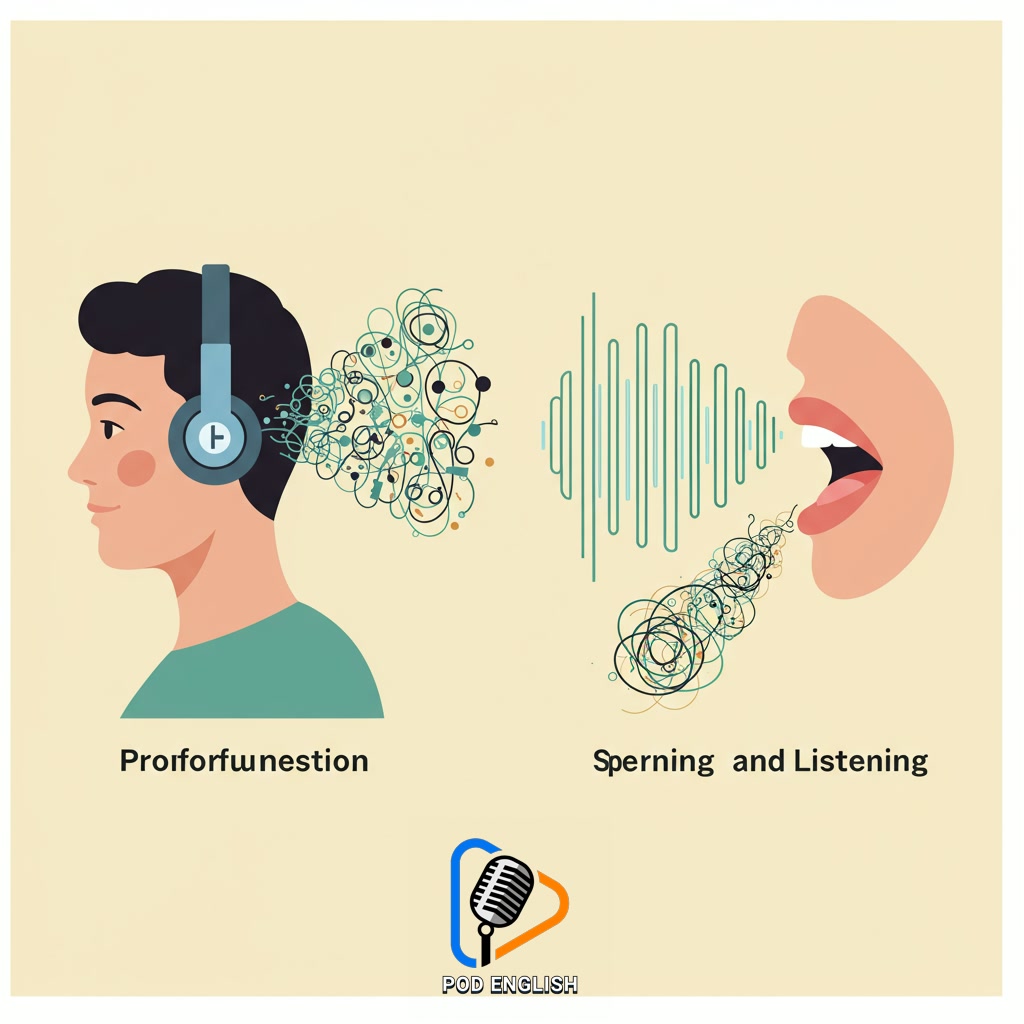Learn English
Your Guide to Learning English: Tackling Challenges and Finding Solutions

This guide provides support for those seeking to learn English. It addresses common challenges faced by learners and offers practical solutions to overcome them. The content is designed to help individuals effectively navigate their path towards English fluency.
Table of Contents
- Section 1: Introduction: Navigating Your English Learning Journey
- Section 2: Identifying Common Challenges in Learning English
- Section 3: Tackling Pronunciation and Listening Hurdles
- Section 4: Mastering Vocabulary and Grammar Challenges
- Section 5: Overcoming Speaking and Writing Difficulties
- Section 6: Finding Effective Solutions and Learning Strategies
- Section 7: Staying Motivated and Measuring Your Progress
Welcome to your guide for mastering English! Embarking on the journey of learning a new language, especially English, is an exciting step filled with potential. However, it’s also natural to encounter obstacles along the way, whether it’s understanding complex grammar, building vocabulary, improving pronunciation, or simply finding the motivation to keep going. This introduction is designed to set the stage for your learning adventure. We’ll explore what it means to navigate this path effectively, acknowledging that challenges are a normal part of the process. Think of this guide as your compass, helping you understand the landscape of English learning and preparing you to face difficulties head-on with practical strategies. Let’s begin this journey together, focusing on building confidence and making steady progress towards your fluency goals.

Introduction: Navigating Your English Learning Journey
Section 2: Identifying Common Challenges in Learning English
As you embark on learning English, it’s completely normal to encounter hurdles. Recognizing these common difficulties is the first crucial step towards overcoming them. Many learners find grammar rules confusing or struggle to remember new vocabulary. Pronunciation can be tricky, and understanding fast-spoken English or different accents often presents a significant challenge. Feeling shy or anxious about making mistakes in conversation is another widespread issue. Additionally, finding consistent time for practice or staying motivated can be difficult amidst daily life. Identifying these specific areas where you struggle allows you to target them effectively and develop strategies tailored to your needs.

Identifying Common Challenges in Learning English
Section 3: Tackling Pronunciation and Listening Hurdles
Following the recognition of common difficulties like grammar, another significant hurdle for many English learners involves pronunciation and listening. English has a wide range of sounds that might not exist in your native language, and mastering them can feel daunting. Additionally, understanding native speakers can be challenging due to varying accents, rapid speech, and connected words. To tackle this, focus on actively listening to diverse sources like podcasts, movies, and conversations, paying attention to intonation and rhythm. Practice mimicking sounds you find difficult, perhaps using phonetic charts or dedicated pronunciation apps. Don’t be afraid to speak aloud, even to yourself, and consider recording your voice to identify areas for improvement. Consistent practice in both listening comprehension and vocal production is key to overcoming these specific obstacles and building confidence.

Tackling Pronunciation and Listening Hurdles
Section 4: Mastering Vocabulary and Grammar Challenges
Beyond pronunciation and listening, mastering vocabulary and grammar presents another significant hurdle for English learners. Building a robust vocabulary involves not just memorizing words, but understanding their nuances, collocations, and appropriate usage in different contexts. Similarly, English grammar, with its intricate rules, exceptions, and tenses, can feel overwhelming. The key to overcoming these challenges lies in active and consistent practice. For vocabulary, employing techniques like flashcards, spaced repetition, and learning words in phrases or sentences is highly effective. For grammar, regular practice exercises, focusing on understanding patterns rather than rote memorization, and utilizing reliable grammar resources can significantly improve accuracy and confidence. By dedicating time to both areas, learners can build a solid foundation for fluency.

Mastering Vocabulary and Grammar Challenges
Section 5: Overcoming Speaking and Writing Difficulties
Moving beyond understanding and building your English foundation, the next significant hurdle often lies in actively using the language through speaking and writing. Many learners feel shy, fearful of making mistakes, or struggle to structure their thoughts coherently in English. To overcome this, consistent practice is key. Start small: write short sentences or paragraphs daily about familiar topics, or try speaking simple phrases aloud. Don’t aim for perfection initially; focus on getting your message across. Utilize resources like online grammar checkers, dictionaries, and language exchange partners. Recording yourself speaking can also highlight areas for improvement. Remember, every attempt, written or spoken, is a step forward in building confidence and fluency.

Overcoming Speaking and Writing Difficulties
Section 6: Finding Effective Solutions and Learning Strategies
Following the discussion of speaking and writing anxieties, the crucial next step is proactively identifying and implementing effective strategies to overcome these hurdles and advance your English skills. This involves moving beyond passive consumption to actively seeking out practical solutions tailored to your specific challenges. Explore diverse resources, such as language exchange partners for speaking practice, writing groups for feedback, or online tools and apps designed for targeted skill development. Don’t be afraid to experiment with different methods; what works for one learner might not work for another. Setting small, achievable goals and consistently applying chosen techniques is vital for building momentum and confidence. Finding the right approach requires persistence and a willingness to adapt, but discovering effective strategies is fundamental to making tangible progress on your learning journey.

Finding Effective Solutions and Learning Strategies
Section 7: Staying Motivated and Measuring Your Progress
Following the discussion of speaking and writing anxieties, maintaining momentum and seeing tangible results is crucial for long-term success. Staying motivated throughout your English learning journey can be challenging, especially when faced with plateaus or setbacks. It’s essential to set clear, achievable goals, both short-term milestones and long-term aspirations. Breaking down larger goals into smaller, manageable steps helps maintain focus and provides a sense of accomplishment as you tick them off. Equally important is actively measuring your progress. Don’t rely solely on feeling; find concrete ways to see how far you’ve come. This could involve keeping a language journal, recording yourself speaking at regular intervals, taking practice tests, or comparing early writing samples to more recent ones. Recognizing your improvement, however small, provides powerful positive reinforcement, fuels your motivation, and helps you identify areas where you are excelling and those that still require effort.

Staying Motivated and Measuring Your Progress













